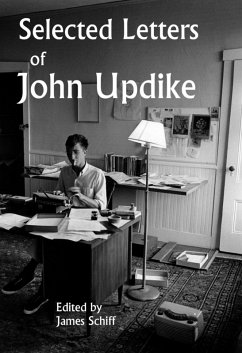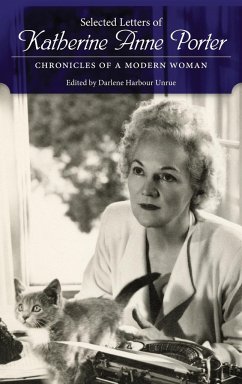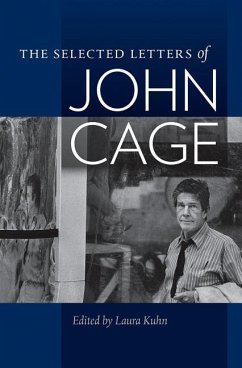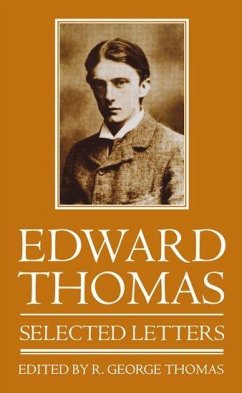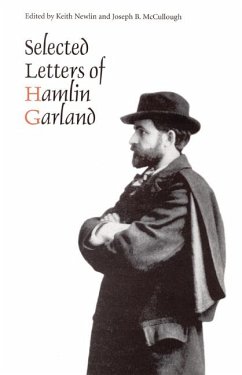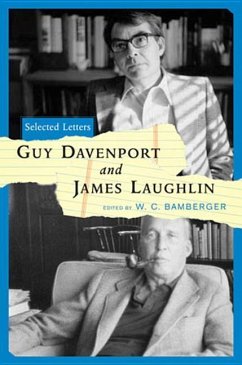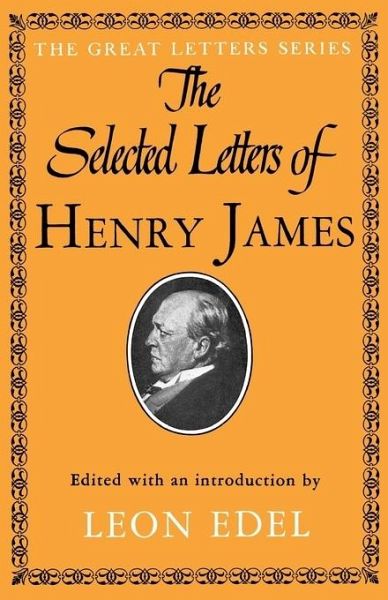
The Selected Letters of Henry James
Versandkostenfrei!
Versandfertig in 1-2 Wochen
17,99 €
inkl. MwSt.

PAYBACK Punkte
9 °P sammeln!
Legend has tended to preserve Henry James as "The Master" that Joseph Conrad called him, a rather long-winded Olympian given to great utterances on the art of fiction and the writing of profound psychological studies. The real-life figure revealed in these letters is more terse, and even astringent, a professional writer, an eager observer of life, a man who delighted in meeting people and who made an art of friendship, but who did not hesitate to descend into the marketplace of letters and get the best possible price for his wares.Leon Edel designed this selection to show the kinds of letters...
Legend has tended to preserve Henry James as "The Master" that Joseph Conrad called him, a rather long-winded Olympian given to great utterances on the art of fiction and the writing of profound psychological studies. The real-life figure revealed in these letters is more terse, and even astringent, a professional writer, an eager observer of life, a man who delighted in meeting people and who made an art of friendship, but who did not hesitate to descend into the marketplace of letters and get the best possible price for his wares.Leon Edel designed this selection to show the kinds of letters James wrote--to his family, his contemporaries, to would-be writers--letters injected with irony and obdurate truth. Here are letters to Conrad, Wells, Galsworthy, Henry Adams, Howells, Edith Wharton, Fanny Kemble--to great Victorians as well as those who bridged that era and the modern one.






